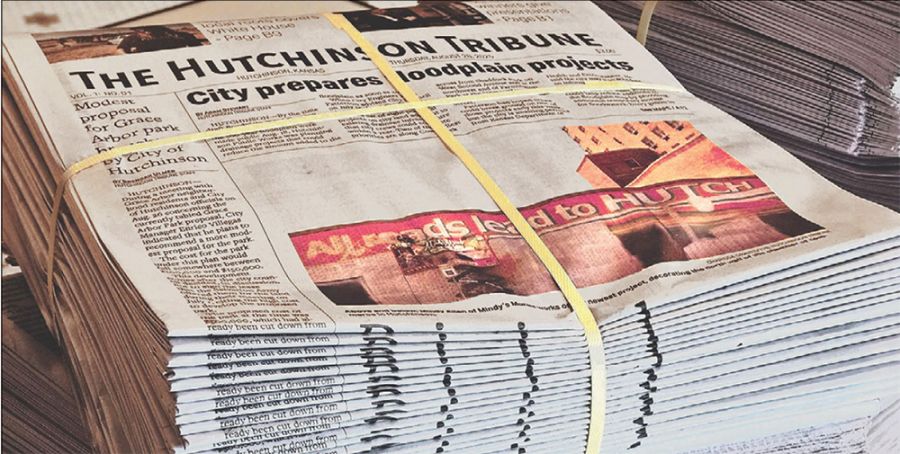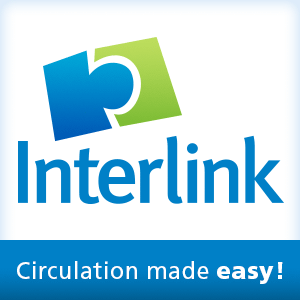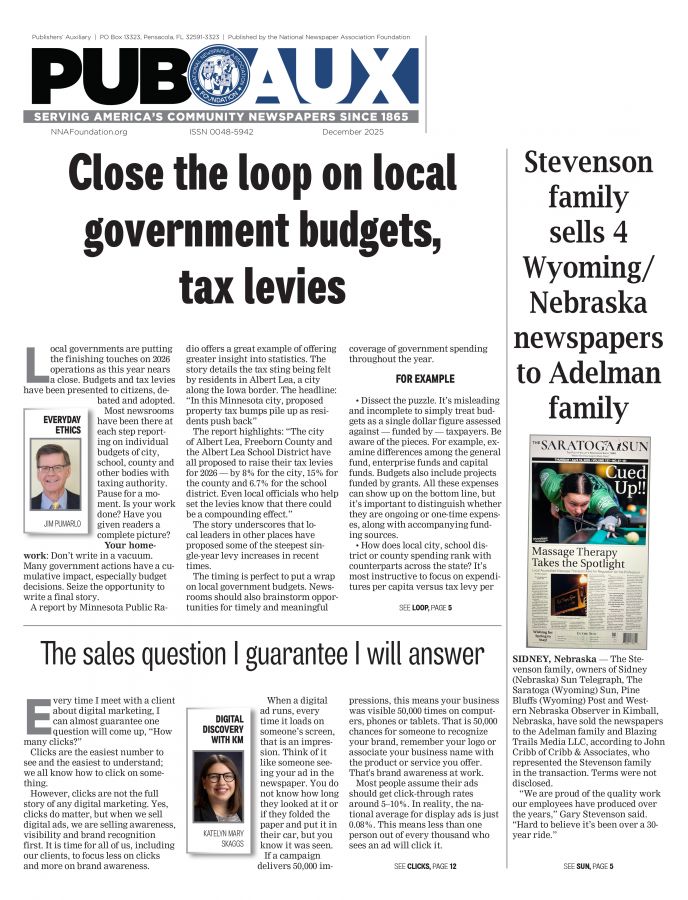Newspapers raise their IQ with strategic newsletters
Tom Silvestri
Dec 1, 2020

Newsletters are a newspaper’s best friend.
They can be reliable, flexible, supportive, interesting and, depending on the situation, an uplifting personality to hang around.
Presenters at this year’s virtual conferences and conventions continue to tout newsletters as success stories for first attracting audiences and eventually generating revenue.
They’re heralded as comparatively low-risk launching pads for newsrooms willing to prospect for new readers or launch an expansion into another market.
Staffs also can’t lose as newsletters offer invaluable lessons about digital audiences, even if the printed newspaper is thriving.
Do, learn and keep improving is the advice.
As I mentioned in a previous column regarding an overview of relevant topics being discussed at 2020’s workshops and webinars, the newspaper IQ goes up with each newsletter that connects with an engaged audience.
I got the impression from some of the presenters that a newspaper without newsletters is stupid media.
My comeback to that statement is that industry programs could spend more time explaining the nuts and bolts of creating an excellent newsletter, with the understanding that not every newspaper has a marketing, research or digital staff.
Start with a provocative statement — here’s why you need to invest a full-time position to produce newsletters — and then show how the investment more than pays for itself. Walk through the steps and then the decisions, as well as considerations that fuel progress.
Maybe that’s where the vendors and consultants come in.
I have a bunch of notes about newsletters from the various workshops. As your faithful scribe, I offer these Relevant Points on what gurus and innovators are saying and doing about newsletters:
- Overall, newsletters cast newspaper operators into two camps: those thinking about the future and those comfortable with the past. Now’s the time, nonetheless. Newspapers in the former camp use newsletters to thump for business and to showcase local reporting to more readers. Those in the latter group are all in on newspapers while the rest of the world goes mobile. Note: A legitimate excuse might be rural areas without reliable broadband.
- Be aware that new competitors and future upstarts bank on newsletters, or at least include them in their product mix. Go ahead and beat them to the punch. By the way, they’re not thinking print.
- COVID-19 prompted a flurry of new newsletters devoted to news and information about the local impacts of the pandemic. One newspaper, the Star Tribune in Minneapolis, even used two different weekly COVID newsletters — one drove digital activation (registering to obtain digital access), and the other drove digital awareness (press the point that a print subscription includes unlimited digital).
- Newsletters pump up newsrooms. In the case of COVID-19 reporting, it’s become a pride factor with newspapers pointing to the newsletters as its extraordinary response to the unprecedented events of 2020. These newsletters also pump up advertising staffs who share in the pride of showcasing outstanding coverage. One ad director said it inspired her staff to work harder to find new revenue.
- COVID made us even more reliant on mobile delivery. Consider these headlines on slides from a digital advertising presentation: “The Pandemic Gave Social Media an Unexpected Boost.” And: “Users Will Spend 82 Minutes Per Day This Year, up 6 Minutes.” Watch the trends and data.
- Innovation via newsletters is coming from established companies trying to find new business or seeking to capture an opportunity involving an underserved community or unmet information needs. It’s also coming from laid-off journalists who have set off on their own to produce specialty topic newsletters.
- Investors these days are more apt to support a digital idea than a print concept. So, start with a newsletter and think some more.
- Nearly every push into digital subscriptions includes newsletters to help prospect for new paying customers.
- Newsletters are a neat way to repackage the best-of-news coverage to share with those occasional readers that newspapers are trying to move toward subscribers. Don’t assume they’ve seen your best journalism. You get another chance with a newsletter.
- Newspapers can prompt readers who sample the website with a newsletter offer — start with a free “Top Stories of the Week” product. By getting an email address, you also gain a potential subscriber. It’s up to you to close the deal.
- Another workshop featured a newspaper with two different newsletters — one for subscribers and one for non-subscribers. Treating them differently allowed the subscriber product to be complimentary to the newspaper and its website while permitting the non-subscriber newsletter to include more marketing information about the value of being a subscriber and why a subscription is a great investment.
- Many presenters noted that people still want local news. Phew. But, they added, a newsletter shows the newspaper is changing to adapt to how readers consume news, instead of dictating how they should get it.
- A digital advertising workshop included newsletters in this accompanying list of benefits: increasing a newspaper’s brand awareness, driving more sales, targeting a specific audience and improving on how to measure results to win additional business.
- Besides, more buying decisions are being made online. “When we’re scrolling,” said a presenter, “we’re shopping.”
Throughout all of the presentations it was assumed that a newspaper would naturally have a newsletter or two.
In other words, a newspaper without a newsletter is like a newspaper without a website.
We’ll leave it there.
Tom Silvestri, most recently president and publisher of the Richmond (Virginia) Times-Dispatch, is the executive director of the Relevance Project, the joint effort of the Newspaper Association Managers to strengthen the industry’s unique role as the provider of quality journalism and the keeper of public forums for thousands of communities across the continent. NAM is a group of state, regional and national press associations across the U.S. and Canada.










